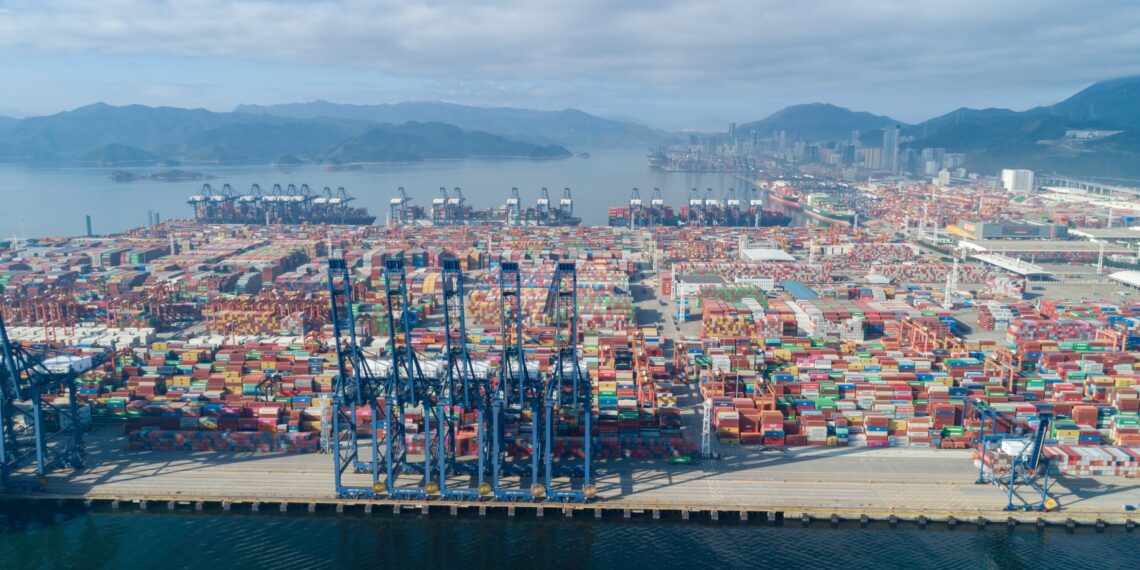No products in the basket.
Geoeconomic Fragmentation and Its Rising Impact for Asean
Geoeconomic fragmentation is increasingly influencing international dynamics as geopolitical tensions intensify. As countries increasingly adopt inward-focused strategies to enhance their economic and national security, this paper explores the implications of such fragmentation
Geoeconomic fragmentation impacts ASEAN+3 and euro area, shifting trade patterns and exposing financial vulnerabilities. ASEAN exports benefit, while Europe increases distant financial exposures.
Geoeconomic fragmentation is increasingly influencing international dynamics as geopolitical tensions intensify. As countries increasingly adopt inward-focused strategies to enhance their economic and national security, this paper explores the implications of such fragmentation, particularly on trade and capital flows within the ASEAN+3 and Eurozone regions.
These regions, known for their high trade openness, remain particularly susceptible to the effects of these shifts. The paper was collaboratively prepared by the ASEAN+3 Macroeconomic Research Office (AMRO) and the European Stability Mechanism (ESM), drawing insights from both regions.
Trade Patterns in ASEAN+3 and Euro Area
The analysis highlights that while the overall trade values in the ASEAN+3 region have stabilized, there is a noticeable shift in trade patterns. China’s export activities have been notably impacted by its trade tensions with the United States. Conversely, ASEAN countries have leveraged their strategic position as a regional “connector” to benefit from these changing dynamics. On the other hand, the euro area has seen an increase in its financial exposure to countries that are geopolitically distant over the past twenty years, indicating a vulnerability of capital flows to rising geopolitical risks.
Regional Support and Strategic Adaptation
In light of these findings, regional financing mechanisms need to be prepared to assist member countries in managing the uncertainties brought about by geoeconomic fragmentation. It is imperative to continue adapting tools and policies in alignment with regional mandates to mitigate potential risks. By doing so, both ASEAN+3 and the euro area can better navigate the complex landscape of global trade and finance, ensuring sustained stability and growth despite the challenges posed by evolving geopolitical realities.
Source: ASEAN+3 Macroeconomic Research Office
Discover more from Thailand Business News
Subscribe to get the latest posts sent to your email.














